Halfmoon Betta fish are mesmerizing additions to any tank, with their elegantly curved, colorful tail fins and bodies that showcase a dazzling spectrum of colors. In this comprehensive guide, we’ll unlock the enchanting world of Halfmoon Bettas, exploring their origins, unique traits, care requirements, and breeding practices. Join us as we dive into what makes these aquatic gems truly special.
The Origins and History Of Halfmoon Betta Fish
The exciting story of the Halfmoon Betta starts with the Betta splendens species, also known as the Siamese Fighting Fish. These fish have a long past. They were first found in Southeast Asian floodplains, where they did well in the shallow, still water. Betta fish were first bred for fighting, but their beautiful colors and intricate fins quickly caught the attention of fish lovers.
The Halfmoon Betta variety came about when breeders worked on making the tail fins more enormous and symmetrical, creating a beautiful, half-circle bottom that can spread all the way around.
Understanding The Anatomy And Features
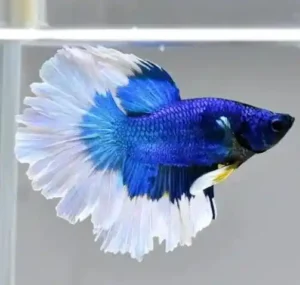
People love Halfmoon Betta fish for their unique bodies and beautiful features. Their wide tail fin makes them stand out, which makes a perfect half-moon shape when fully spread. This tail, bright colors, and moving fins make a fantastic show in any tank. Halfmoon Bettas have smooth and streamlined bodies, which let them move gracefully through the water. People who like fish and fish-related hobbies want them because they look beautiful.
Colors And Variations
The variety of colors and complex designs that Halfmoon Betta fish show is one of the most beautiful things about them. These beautiful fish are a living painting of colors, from bright reds that look like they have fire inside them to deep blues that make you think of the peace of the ocean. The impressive number of colors gives aquarists vast options to meet their tastes.
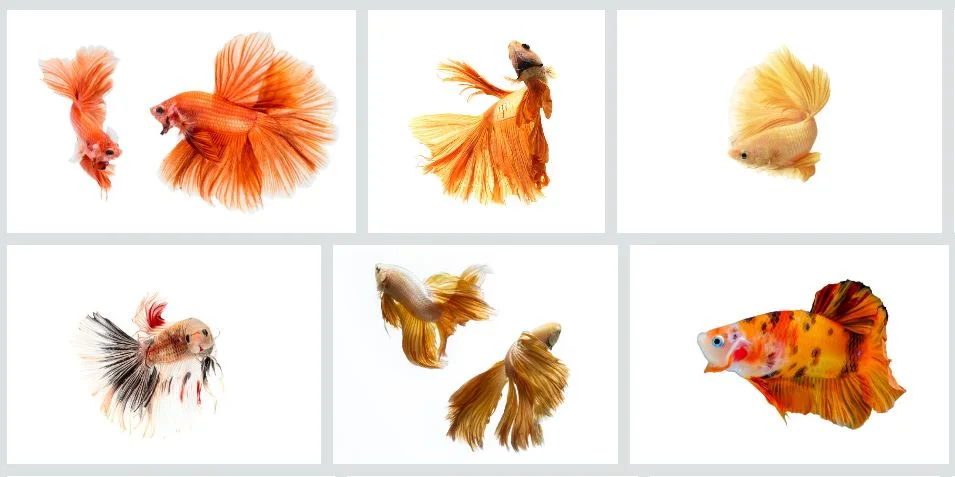
The variety of colors and designs on Halfmoon Bettas makes them so attractive. Some people have intense, robust colors, while others have striking two-color mixtures. The speckled Halfmoon Betta is one of the most sought-after types. Their bodies and fins have beautiful, flowing designs. Bettas with marbling are more unpredictable because their plans can change and grow over time, making them a visual show that is constantly changing.
In the world of Halfmoon Bettas, there are also scarce and beautiful color versions that have won the hearts of fans. The Dragon Halfmoon is a lovely example of nature’s art with its shiny scales and bright, intense colors. The Multicolor Butterfly Halfmoon is another gem that people want. Its fins have delicate designs that look like butterflies.
Care And Maintenance for Halfmoon Betta fish
Caring for your Halfmoon Betta fish is an art that includes ensuring they have the best place to live in water and meeting their daily needs. No matter how experienced you are with aquariums or how new you are to the hobby, knowing the basics of care and maintenance for your fish is essential.
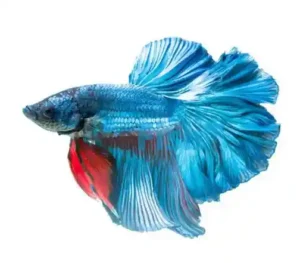
1. Selecting The Right Tank
Getting the right-sized tank is the first thing you must do to take care of a Betta. A tank that can hold at least 5 gallons is suggested for a single Halfmoon Betta. This ensures they have plenty of room to swim and explore while keeping the water calm.
2. Water Quality
It is essential to keep the water quality reasonable. Betta fish are sensitive to transforms in the conditions of the water. Ammonia and nitrite levels stay low when you change about 25% of the water in the tank every one to two weeks. Bettas do best in water that is neither too acidic nor too basic, with a pH range of 6.5 to 7.5.
3. Filtration
It is essential to buy a solid tank cleaner. It helps eliminate dirt, chemicals, and other harmful substances in the water, making it a healthier place for your fish to live. But ensuring the filter’s slow flow rate is essential so your Betta doesn’t get stressed.

4. Water Temperature
It is essential to keep the water temperature steady. Halfmoon Bettas need water that is between 78°F and 80°F (25°C and 27°C). They are tropical fish. An underwater tank heater will help you keep the temperature where you want it to stay. Additionally, using a Fish Tank Digital Thermometer with an accurate LED display to ±0.9°F is highly recommended for precise temperature measurement and ensuring a stable environment for your fish.
5. Feeding
Giving your Betta a well-balanced food is very important for its health. Betta fish eat meat and do their best on high-quality Betta pellets or flakes. You can also give them treats like freeze-dried or live foods every once in a while. Betta fish tend to get fat, so it’s important not to feed them too much.
6. Tank Decor
Betta fish are naturally curious creatures that love to explore their surroundings. To enhance their well-being, it’s essential to provide them with a stimulating environment. Include places for them to hide and rest, such as caves or tunnels, along with artificial plants and decorations. Not only do these features make your fish feel secure, but they also offer mental stimulation and activities to keep them engaged.
When decorating your aquarium, consider using high-quality, non-toxic materials to ensure a safe habitat for your Halfmoon Betta. For a convenient option, you can find a wide variety of suitable tank decor on Amazon.

Health and Common Issues

Betta fish can have health problems even if they get the proper care. Knowing how to spot common signs of sickness, like changes in look, behavior, or hunger, is essential.
Problems can happen, like fin rot, swim bladder disorder, or bugs on the outside. Knowing how to fix these issues quickly can make a big difference in how healthy and long-lived your Betta is. Healthy food, regular checking, and a tank that is well taken care of are all essential parts of keeping your fish healthy.
Breeding and Reproduction
To understand the process, it’s vital to start by selecting healthy breeding pairs that exhibit good genetics and compatibility. Once the pairs are chosen, set up a dedicated breeding tank with the appropriate conditions, including clean water, the right temperature, and hiding spots.
Observe the mating rituals, such as the male building a bubble nest and the spawning process. After the eggs are laid, it’s important to monitor and care for the eggs and the fry as they hatch. Providing high-quality food and maintaining optimal water conditions are essential for the healthy growth and development of the fry. Breeding not only offers a deeper insight into the fascinating life cycle of Betta fish but also contributes to the preservation and improvement of their genetics.
Conclusion
Halfmoon Betta fish are stunning and captivating creatures that capture the hearts of aquarium enthusiasts worldwide. This comprehensive guide has delved into the origins of Betta fish, their vibrant physical traits, mesmerizing colors, specific care requirements, and common health concerns. We also look into the details of breeding these remarkable fish. By following the tips and advice provided, you can enjoy the brilliant beauty and unique personalities of these incredible aquatic pets. Discover the joy of keeping Halfmoon Bettas and enhance your aquarium with these fascinating fish.
Disclosure: This content is reader-supported, as an Amazon Associate, we earn from qualifying purchases. Support us!

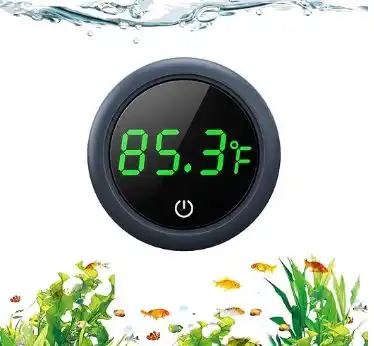
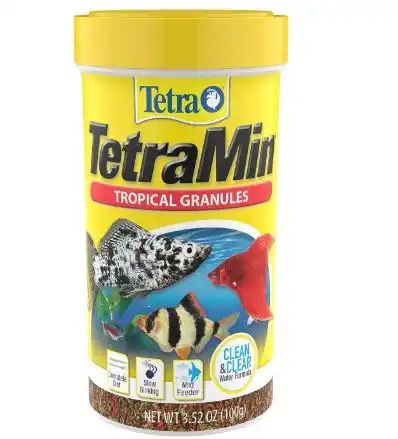
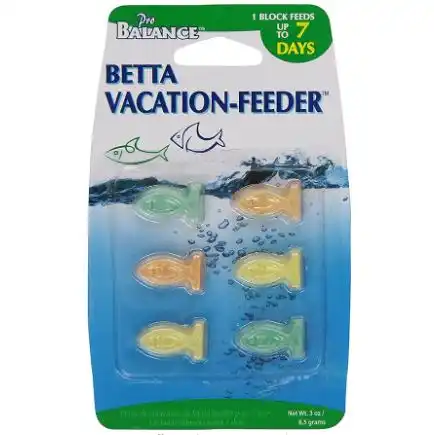





Leave a Comment
You must be logged in to post a comment.